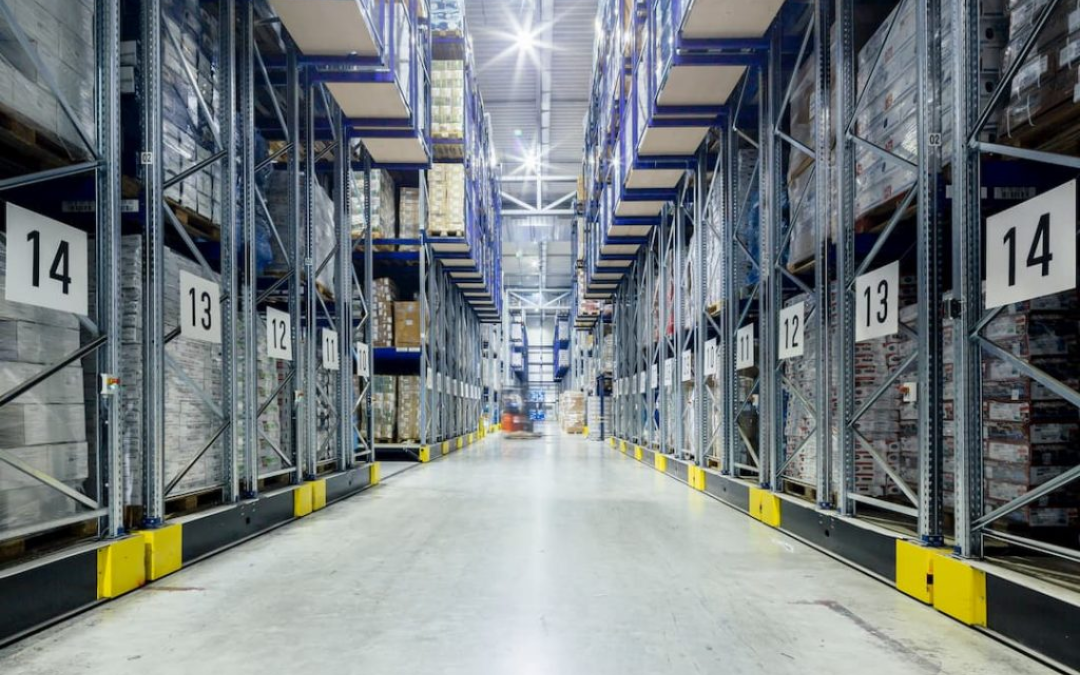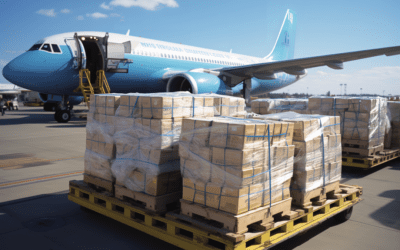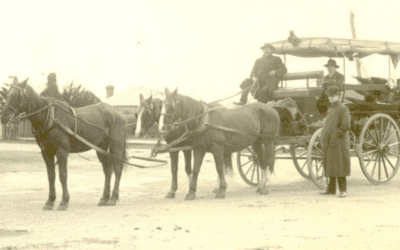Updated: 3.13.24
Cold chain logistics is a specialized field that involves transporting and storing temperature-sensitive goods using advanced technology. It ensures that products remain within a specific temperature range throughout the entire supply chain, from procurement and manufacturing to transportation and storage.
The cold chain logistics process involves refrigerated packaging techniques, temperature-controlled warehouses, distribution centers, and refrigerated vehicles to maintain the quality of products.
Article Overview
The industry faces unique challenges, including temperature monitoring, regulatory compliance, and technology investments. Evidence shows that temperature-related food waste and loss accounts for 22% of food. Furthermore, the FDA recalls more than 14,000 drugs due to quality issues, costing the pharmaceutical industry as much as $35 billion annually.
Manufacturing
The process of the pharmaceutical cold chain starts at manufacturing facilities, where products are researched, developed, and packaged before distribution. During the manufacturing process, any errors made could potentially disrupt the entire supply chain process, which may result in a shortage of drugs. In total, 163 drugs are experiencing shortages, and 62% entered a shortage due to supply disruptions related to manufacturing or product quality issues. Additionally, according to The World Health Organization, up to 50% of vaccines are wasted globally each year due to a lack of temperature control.
All food manufacturing, including packaging and storage, must be kept under conditions to minimize the risk of food contamination. Meeting these requirements involves monitoring physical factors such as time, temperature, humidity, water activity, and pressure.
Storage
Evaluating capacity and setting up infrastructure for customers’ needs can be a huge obstacle for those wanting to venture into the cold chain. One strategy to overcome this is to specialize in certain goods. By taking this approach, it not only leverages the existing infrastructure but also simplifies inventory management of specific products. Product specialization typically requires a smaller warehouse, whereas high-density storage can be more challenging to manage and track.
To enhance efficiency, implementing a management system specifically designed for cold storage can be invaluable. Management systems built around cold storage help employees track goods quickly and enhance traceability.
Before shipping, certain products require temperature-controlled storage units to maintain conditions and safeguard from power outages. Meeting temperature requirements can be challenging due to the complexities of storing temperature-controlled goods. Temperature-sensitive products have specific temperature ranges. For instance, vaccines must be stored between -70 and -80 degrees, while fresh produce requires a temperature of around 40 degrees. To withstand extremely cold conditions, operators use wired digital thermometers and have backup Uninterruptible Power Supply (UPS) systems to prevent product spoilage.

Utilizing Technology
Effective management of the cold chain involves oversight of temperature-controlled shipments. The integration of IoT devices and sensors helps shippers and carriers monitor a product’s temperature throughout the storage and transportation process.
Warehouse automation is also beneficial for shippers due to an increase in demand for temperature-sensitive products. Packaging innovations, like custom pallets designed for regulated temperatures, eliminate the need for refrigerated trucks and cold storage for up to eight days. Transportation management systems and warehouse systems provide visibility and compliance, managing temperature tracking to location and the status of a trailer’s door.
Effective road transportation of temperature-sensitive goods
Transporting temperature-sensitive goods over the road requires specialized vehicles with cooling systems. The transport vehicles should be equipped with a temperature tracking system and also provide secure storage to prevent unauthorized access while in transit. It’s estimated that temperature fluctuations during transportation contribute to the disposal of nearly 30% of pharmaceutical products.
Refrigerated trucks often have removable panels attached to the van to improve air ventilation and maintain low temperatures while in transit. Reefers are commonly used for transporting fresh produce, dairy products, and vaccines.
Ensuring safe air transport of goods
When transporting perishable goods by air, the packaging and shipping instructions may vary on the specific product. Fresh produce like fruits and vegetables, as well as frozen fish or meat, require different temperatures during transport. However, utilizing air transportation ensures a quick and secure delivery of temperature-sensitive goods to destinations worldwide.
The International Air Transport Association (IATA) has set regulations for transporting goods, ensuring they remain fresh and safe for consumption. All items must be labeled with the Time and Temperature Sensitive label to indicate the external temperature range of the shipment. Furthermore, airlines and ground-handling agents follow a Standard Acceptance Checklist for temperature-sensitive healthcare shipments.
Economical aspects and large-scale shipment capabilities
Every year, it’s estimated that about 3.5 million tons of pharmaceutical products are transported via sea routes. This mode of transport is generally more economical than air transport and facilitates the shipment of pharmaceutical goods in large quantities. The cargo is typically stored in temperature-regulated reefer containers to preserve the pharmaceuticals’ quality and effectiveness. Despite its advantages, maritime transport presents certain challenges, including extended delivery times and potential hazards related to sea conditions.
At seaports there are temperature-controlled docks, which is a specialized area within a warehouse or facility designed to maintain specific temperature conditions during the loading and unloading of goods. These docks provide an insulated environment, sealed doors, and climate control to ensure that perishable items remain at the desired temperature while transitioning between trucks and warehouses.

Shipper Checklist
- Provide all details of the shipment
A shipper must properly package and label the temperature-sensitive goods to ensure compliance with temperature requirements.
- Provide documentation
Preparing an accurate shipping document, such as the air waybill and packing list, is required by the shipper. These documents must also include specific handling codes and temperature instructions.
- Communication
Providing clear instructions and a primary contact to carriers regarding temperature control, can help carriers in case of an emergency.
Growth through challenges
The cold storage industry presents both challenges and opportunities for supply chains. Many complex processes require strategic planning and investments, like temperature-sensitive infrastructure, regulatory requirements, and inventory management.
Ensuring the safety and quality of goods is just as important as the technology used to keep those products fresh. Supply chains can overcome challenges and increase profitability by leveraging temperature control technology and cold storage warehouses.
KCH Transportation effectively transports temperature-sensitive goods
Cold chain logistics is a complex and dynamic process that requires careful planning, coordination, and compliance. By understanding the challenges and opportunities of transporting temperature-sensitive goods, shippers and carriers can ensure the safety and quality of their operations. Our company specializes in providing safe and customized solutions for cold chain logistics. Talk to one of our dedicated teams today for more information.






